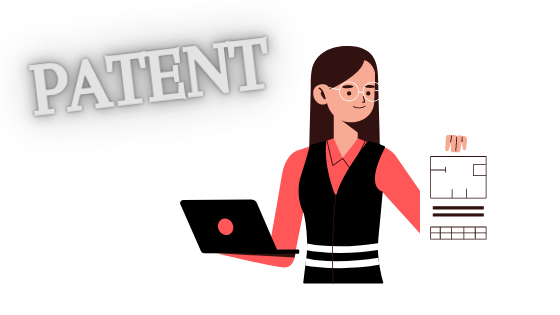
An inventor does not need a patent to make, use, or sell the invention himself but does need to obtain a patent in order to prevent others from doing so. Even after a patent is obtained, the owner of the patent does not have the right to use, make, or sell an invention. For instance, if you improve on someone else’s invention, you would need to license their invention in order to manufacture yours.
The patent right is granted for a limited time in exchange for a full disclosure of the invention. The disclosure must be sufficiently detailed to allow a person of ordinary skill in the art to make and use the invention.
A patent granted by the US government only protects the invention within the United States and its territories and possessions. Foreign patents can also be obtained to protect the invention in other countries, either directly or through organizations like the European Patent Office, which covers most countries in Western Europe.
The patent would protect you from such things that are not protected by trade secrets, such as reverse engineering or someone independently creating the same object.
What is the patent process?
A request is submitted to the US Patent Office, which includes the proper forms, fees and the patent application. The patent application consists of drawings, description, and sentences called claims which express in precise language the things you are claiming as your unique intellectual property. It is recommended to hire a professional agency, such as Invent Help, to prepare everything.
Claims are like the boundary declarations of a deed, in that they define the intellectual property boundaries of what your invention does and doesn’t do.
Once the patent application is submitted, it will be placed on the queue of a group of patent examiners. Anywhere from 3 months to two years (or more for some classes of patents) later, they will review if for obviousness and patentability. Obviousness means that the idea would not be obvious to one who was skilled in the art of building such things as this at the time you filed.

So, for instance, simply gluing a telephone to a washing machine would not be patentable. Patentability means that it is unique based on prior existing items. So if you tried to patent something that already exists or is very similar to something that already exists, you might be denied a patent.
The patent is denied based on each claim unless there are problems with the patent itself, such as would be the case with a perpetual motion machine or there is insufficient support for the claims in the description, among other reasons.
Once the patent is in the queue for 18 months, it will be published unless the inventor states to the patent office at the time of filing that the patent will not be filed in other countries. Even so, there are some advantages to publishing early. Competitors will have notice of your patent and so may be sued for infringement damages from the time the application is published.
When the examiner has problems with the patent, he will either file objections or rejections with the inventor. Objections are problems with the patent, rejections are problems with the claims. It is then up to the inventor or his agency, like InventHelp, to respond to these issues either by modifying the patent or by responding in writing why the examiner is incorrect. The inventor or his representative has a period from 1-6 months to respond.
Once the patent has been approved, the inventor will pay an issue fee and the patent is then published and assigned a patent number. The inventor is then responsible for paying maintenance fees on a schedule set by the patent office at the time of publishing.
The patent is valid for 20 years from the date of original filing or from the date of the earliest filing of any patents that this patent originated from. The twenty years may vary based on delays by the patent office or the inventor, such that patent office delays are added to the life of the patent, and inventor delays are deducted from the patent office delays (but never goes negative).

